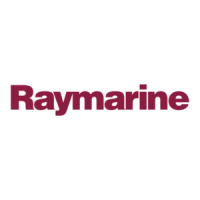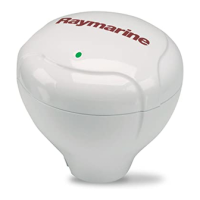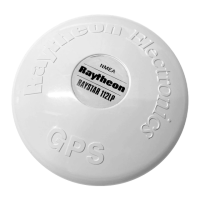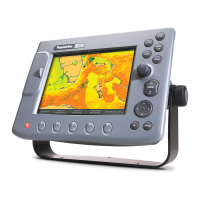Glossary 105
Glossary
This glossary explains the terms and abbreviations that may be unfamiliar to the
reader.
G.1 Terms
Active A waypoint that has been confirmed as the destination or
interim destination.
Bearing The direction of an object from the observer. Can be stated
as an angle relative to either true or magnetic North.
Course The intended or actual direction of travel.
Can be stated as °Magnetic or °True.
Current A waypoint or route that has been identified as the
intended track of the vessel.
Dedicated key A key with a permanently defined function or functions.
These keys are labelled on the front panel of the
chartplotter.
Heading The direction in which the vessel is pointing.
Home Mode The mode in which the cursor is hidden, and the cursor
data box gives the vessel’s position and the range and
bearing to the current waypoint (if any).
Latitude Angular measure 0 to 90° North or South from the equator.
On a North up chart, these are lines drawn from right to
left.
Longitude Angular measure 0 to 180° East and West of the prime
meridian (0°) at Greenwich, England. On a North up chart,
these are lines drawn from top to bottom.
Orientation The chart orientation, which can be head up, course up or
north up.
Panning Moving the “window” on the displayed chart to bring a
new area into view.
Plotter Mode The mode in which, when no cartographic information is
available at the current range, only a lat/long grid is
displayed. If it is switched off in setup (the default setting),
only ranges for which cartographic information is
available can be selected.
Relative Motion The mode in which the chart moves to keep the vessel’s
location in the centre of the display.
Route A sequence of waypoints, used to define an intended path
to a destination.
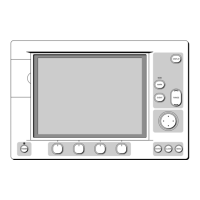
